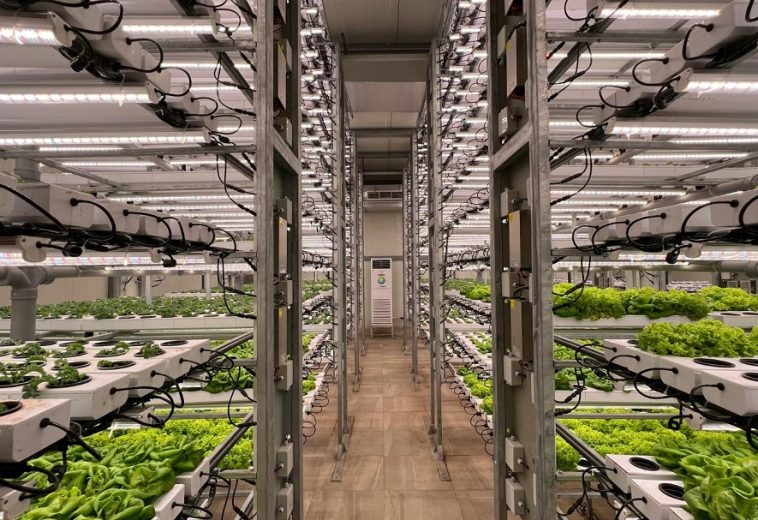Africa is a rapidly growing continent grappling with profound infrastructure deficits. From inadequate transport networks and unreliable communication systems to chronic energy shortages, these challenges hinder economic growth, social progress, and quality of life in many African cities. However, innovative solutions are emerging across the continent, turning these challenges into opportunities for sustainable urban development.
The United Nations estimates that Africa’s population will reach 1.5 billion by 2030, placing significant pressure on transport systems, communication networks, and energy supplies. According to the African Development Bank (AfDB), the continent requires an estimated $130–$170 billion annually in infrastructure financing.
READ ALSO: http://Africa’s infrastructure revolution: Investments shaping the Future of the Continent
Transportation remains one of the most visible and pressing infrastructure challenges. Cities like Lagos, Nairobi, and Cairo, with their large populations, struggle with congestion, inefficiency, and poor-quality roads.
In Lagos, home to over 20 million people, the absence of a comprehensive public transport network results in daily traffic jams and long commutes. In response, the state government introduced the Lagos Bus Rapid Transit (BRT) system in 2008. This affordable and efficient system has improved mobility for millions, addressing the city’s growing transportation demands.
Cities like Addis Ababa in Ethiopia have invested in light rail systems. Launched in 2015, the city’s $475 million light rail project—the first of its kind in sub-Saharan Africa—has significantly enhanced mobility, cutting commute times and reducing congestion. However, challenges persist, particularly in maintaining and expanding the system to cover more areas.
The Digital Revolution and Communication Infrastructure
The digital revolution offers Africa the potential to transform its economies, education systems, and governance. However, communication infrastructure remains patchy, with slow internet speeds, limited broadband coverage, and unreliable mobile networks.
In Kinshasa, Democratic Republic of Congo, internet access is both limited and costly. To address this, governments and private enterprises are investing in expanding digital infrastructure.
Kenya’s “National Optic Fibre Backbone Project” connects rural and urban areas with high-speed internet, boosting education and economic activity. Also, Kenya’s M-Pesa platform has revolutionised financial inclusion, enabling millions of Africans to access banking services via their phones. Its success has inspired similar initiatives in countries like Ghana and Tanzania, improving financial transactions for previously unbanked populations.
Bridging the Power Gap
Energy deficits present another major hurdle for African cities. According to the International Energy Agency (IEA), over 600 million Africans lack access to electricity. In Nigeria, Africa’s largest economy, energy shortages impede growth. The Nigerian government is exploring private sector participation to address this, focusing on building and maintaining power plants, improving distribution, and transitioning to renewable energy sources.
Renewable energy is gaining traction as a sustainable solution. In Kenya, the government has embraced a “green energy” agenda, investing in large-scale geothermal and wind projects. Meanwhile, South Africa’s renewable energy program is widely considered a success, with the country increasing its renewable energy share of the electricity mix to over 20%. Off-grid solar initiatives in Uganda and Zambia have empowered households and businesses, unlocking economic potential in previously underserved areas.
In conclusion, while African cities face significant infrastructure deficits, there is a growing momentum towards finding innovative solutions that can address transportation, communication, and energy challenges. By embracing smart technologies, strengthening partnerships, and prioritizing sustainability, African cities have the potential to leapfrog traditional development models and create better, sustainable urban spaces for future generations.


